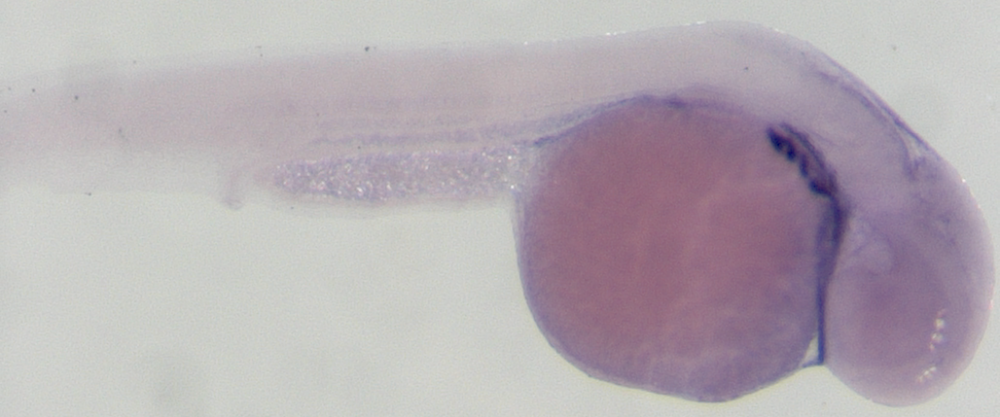My overarching research goal is to understand how complex interactions between environmental contaminants and proteins lead to altered cell function during embryogenesis, and consequently to errors in development. I am especially interested in how external factors of natural and human origin alter protein function and produce abnormal transcriptional outputs during the establishment of organ systems. Our model organism is the zebrafish (Danio rerio). My background is broad and includes training in crystallography and biophysics, molecular genetics, and developmental biology, and I am a self-taught toxicologist.
Current funding:
Southern Liver Health Center (NCI/NIEHS/NIH)
Hepatocellular carcinoma is one of few cancers with a rising incidence that disproportionately affects ethnic minorities and rural residents. This grant will create a cohort of 16,000 participants to determine whether exposure to multiple common environmental contaminants increases liver cancer risk, whether risk differentially impacts rural and ethnic minorities, and whether epigenetic mechanisms mediate these associations.
Therapeutic Modulation of HSF1-Dependent Gene Expression to Alleviate Motor Neuron Dysfunction in ALS (DoD)
Amyotrophic lateral sclerosis (ALS) is a progressive debilitating motor neuron disease with no effective therapies. Over the last few years, TDP-43 has emerged as the dominant pathology found in the brain and spinal cord of most ALS patients (>90%) and has been implicated as a trigger for disease progression. Our long-term objective is to develop new approaches to disaggregate the underlying TDP-43 pathology and thereby slow the motor neuron degeneration seen in sporadic ALS patients.
Center for Environmental and Human Health Effects of PFAS (NIEHS/NIH)
Per- and polyfluoroalkyl substances (PFAS) are environmental contaminants of emerging concern because they are detected ubiquitously in our environment, yet there is little known about their toxicity, bioaccumulation, or effective remediation strategies. This Center will integrate a cross-institutional team of leaders in the fields of environmental epidemiology, environmental science and engineering, toxicology, analytical chemistry, data science, and community engagement to address outstanding questions about PFAS exposure and human health, mechanisms of action, bioaccumulation and remediation. I am co-leading Project 3 of this Center, which focuses on understanding the bioaccumulation of PFAS across aquatic trophic levels. I am also co-Director of the Research Experience and Training Coordination Core (RETTC) and responsible for developing professional and academic initiatives for Center trainees and serving as liaison for biomedical activities.
Comparative Toxicogenomics Database (NIEHS/NIH)
The goal of this project is to further develop an authoritative public database, the Comparative Toxicogenomics Database (CTD) that promotes understanding about the effects of environmental chemicals on human health. CTD integrates diverse data relevant to toxicogenomics and provides manually curated data describing chemical-gene/protein interactions, chemical- and gene-disease relationships, and human exposure information.
